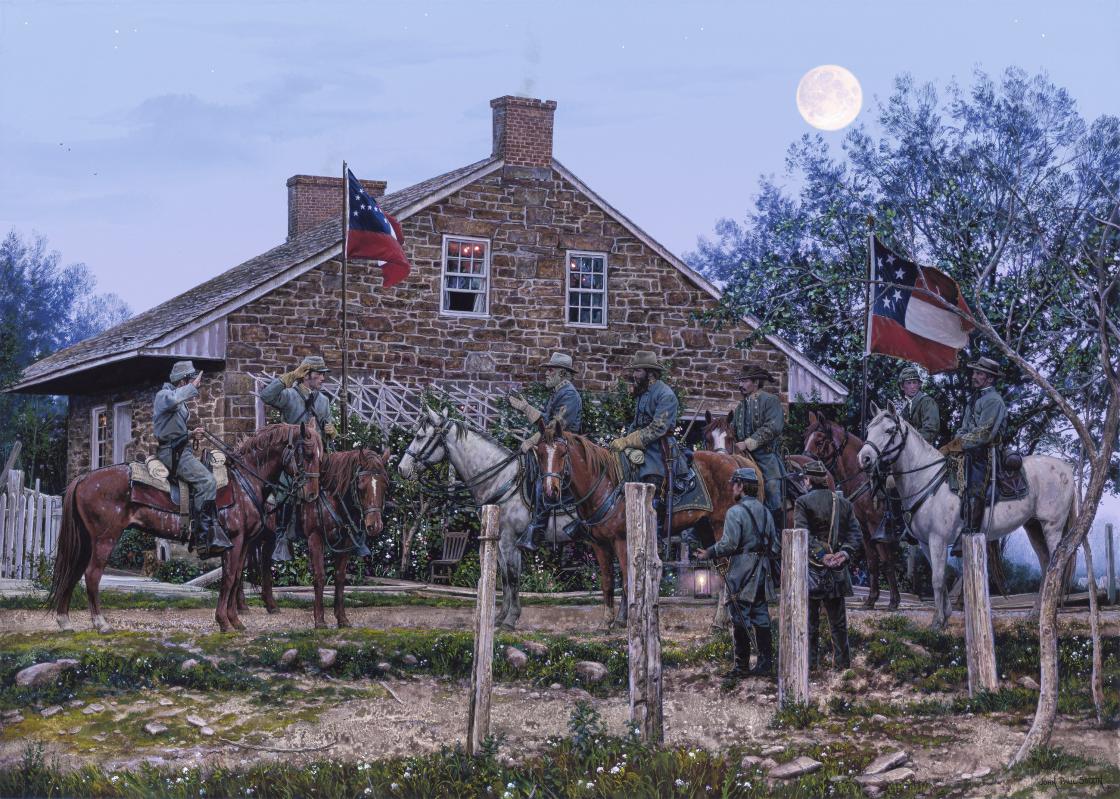 Maine
Roads to Gettysburg: How Joshua Chamberlain, Oliver Howard, and 4,000
Men from the Pine Tree State Helped Win the Civil War's Bloodiest Battle, Tom Huntington, Stackpole Press, 432 pages, 2018, $32.95
Maine
Roads to Gettysburg: How Joshua Chamberlain, Oliver Howard, and 4,000
Men from the Pine Tree State Helped Win the Civil War's Bloodiest Battle, Tom Huntington, Stackpole Press, 432 pages, 2018, $32.95
From the Publisher: Joshua Lawrence Chamberlain and
his 20th Maine regiment made a legendary stand on Little Round Top
during the Battle of Gettysburg in July 1863. But Maine's role in the
battle includes much more than that. Soldiers from the Pine Tree State
contributed mightily during the three days of fighting.
Pious general
Oliver Otis Howard secured the high ground of Cemetery Ridge for the
Union on the first day. Adelbert Ames--the stern taskmaster who had
transformed the 20th Maine into a fighting regiment--commanded a brigade
and then a division at Gettysburg.
The 17th Maine fought ably in the
confused and bloody action in the Wheatfield; a sea captain turned
artilleryman named Freeman McGilvery cobbled together a defensive line
that proved decisive on July 2; and the 19th Maine helped stop Pickett's
Charge during the battle's climax.
Maine soldiers had fought and died for two bloody years even before they
reached Gettysburg. They had fallen on battlefields in Virginia and
Maryland. They had died in front of Richmond, in the Shenandoah Valley,
on the bloody fields of Antietam, in the Slaughter Pen at
Fredericksburg, and in the tangled Wilderness around Chancellorsville.
And the survivors kept fighting, even as they followed Robert E. Lee's
Army of Northern Virginia into Pennsylvania. Maine Roads to Gettysburg tells their stories.
Tom Huntington is the author of Searching for George Gordon Meade: The Forgotten Victor of Gettysburg, as well as Guide to Gettysburg Battlefield Monuments, Pennsylvania Civil War Trails, and Ben Franklin’s Philadelphia. He is also the former editor of American History and Historic Traveler magazines, and his writing has appeared in many publications, including Smithsonian, Air & Space, American Heritage, British Heritage, and Yankee. He was born and bred in Augusta, Maine, but now lives in Camp Hill, Pennsylvania, not far from Gettysburg.


